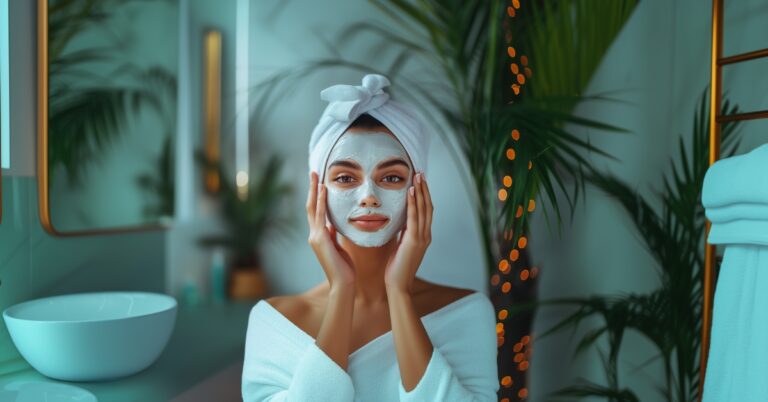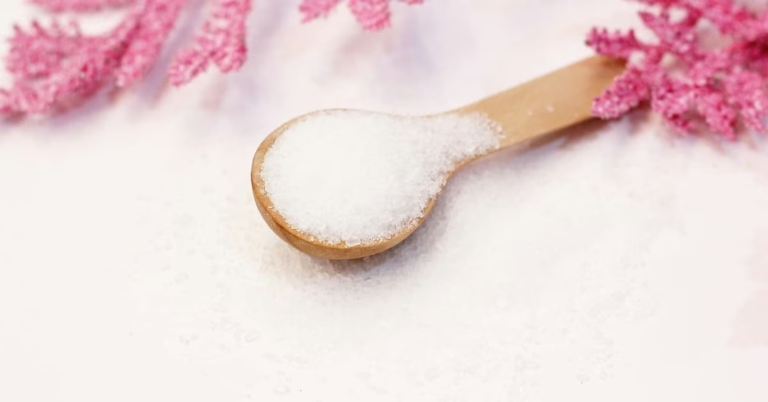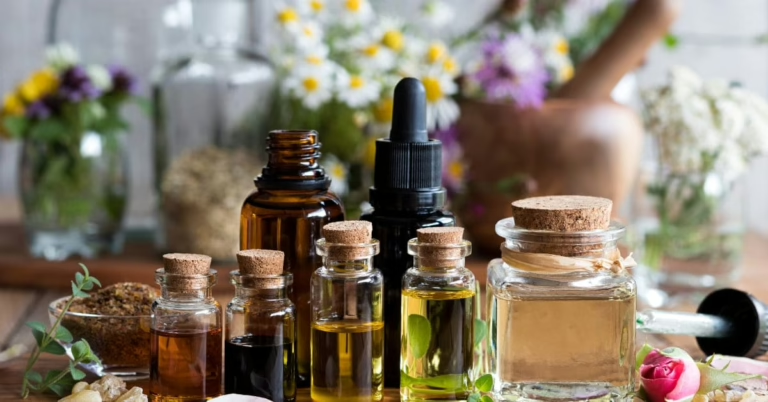Aloe Vera Gel vs. Face Serum: Surprising Skin Secrets
Imagine you’re standing in front of a mirror, noticing that your skin feels dull or irritated. Maybe you’ve tried countless products, yet you’re still on a quest for that healthy glow. In India’s diverse climate—ranging from steamy summers to dry winters—you might be juggling stress, pollution, and hectic schedules that take a toll on your skin. If that sounds familiar, you’re not alone.
In the world of skincare, aloe vera gel and face serums often pop up as solutions for dryness, acne, and uneven tone. But which one truly meets your needs? Are they interchangeable? Do they serve different purposes, or can you cleverly combine them? These are all valid questions, and the answers aren’t always obvious.
In this article, you’ll explore the real differences between aloe vera gel and face serums. You’ll discover their individual benefits, learn why many skincare enthusiasts love them, and find out how to pick what’s right for you. Whether you’re a skincare newbie or looking to level up your beauty regimen, by the end, you’ll have clear, practical tips that fit neatly into your busy lifestyle. Let’s dive in and help you discover your skin’s new best friend.
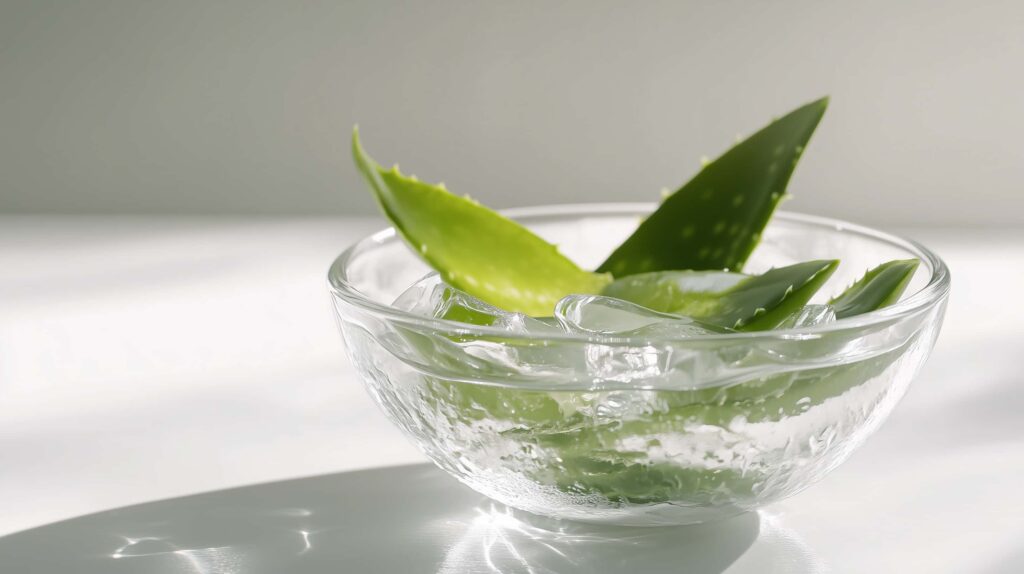
Why Compare Aloe Vera Gel and Face Serum?
Aloe vera gel and face serums both promise a fresh, hydrated look, so it’s easy to think they might serve the same purpose. However, there’s more to these products than just “moisture.” They differ in texture, ingredient concentration, and the specific skin concerns they target. Understanding these differences allows you to pick a routine that truly aligns with your goals—be it reducing redness, tackling acne scars, or simply getting that dewy, youthful glow.
Skin Goals and Common Concerns
When you’re dealing with everyday issues like dryness, dullness, or sun exposure, aloe vera gel can step in to soothe and hydrate. Face serums, on the other hand, often include potent actives like vitamin C, niacinamide, or hyaluronic acid. These ingredients aim for deeper, more targeted results—reducing dark spots, boosting elasticity, or addressing uneven tone.
Lifestyle Factors
If you live in a bustling Indian city—whether it’s a Tier 1 metro with high pollution or a smaller town with a dry climate—your skin demands extra care. Long commutes, harsh weather, and indoor air conditioning can zap your skin of moisture and vitality. Aloe vera gel can help calm and cool your skin, whereas a serum can deliver specific nutrients or brightening agents to counteract environmental stress.
By comparing aloe vera gel and face serums, you arm yourself with the knowledge to make efficient, confident choices in your daily routine.
Aloe Vera Gel: Origins, Benefits, and Best Uses
Aloe vera has been hailed in Indian households for generations. You might have heard your grandmother rave about it or seen a neighbor break off a fresh leaf to apply the soothing gel on a sunburn. This plant is known for its calming properties, making it a staple in many “natural remedy” kits.
Where Aloe Vera Gel Comes From
Aloe vera is a succulent plant that thrives in warmer regions of India, especially in semi-arid and tropical climates. The translucent gel inside each leaf is rich in water content, vitamins, and enzymes believed to help hydrate and nourish the skin. Historically, Ayurveda and other traditional wellness systems have referenced the plant for its healing capabilities. While it’s “natural,” remember that “natural” isn’t a one-size-fits-all guarantee; however, aloe’s soothing reputation stands the test of time.
Who Should Consider Aloe Vera Gel
If you have sensitive, inflamed, or acne-prone skin, aloe vera gel might be a game-changer. Its cooling effect is especially helpful during hot, humid summers or after prolonged sun exposure. Do you experience redness, itchiness, or mild irritation from pollution or harsh products? Aloe vera gel can act as a gentle first step in your skincare routine.
- Sensitive Skin: Its low likelihood of irritating your skin makes aloe vera gel a comforting ally.
- Oily or Acne-Prone Skin: Because it’s lightweight and easily absorbed, aloe won’t clog pores. It can help calm occasional breakouts or redness.
- Sun-Damaged Skin: Many people use aloe vera gel to soothe mild sunburn, rashes, or post-waxing redness.
The best part is its versatility. You can use it as a standalone moisturizer in the morning or apply it after cleansing and before heavier creams at night. Just keep an eye out for potential additives if you’re buying a store-bought version. Pure aloe works well, but certain formulas include extra ingredients—some beneficial (like herbal extracts), others not so much (like alcohol, which can dry out your skin).
Lastly, don’t expect aloe vera gel alone to fix issues like deep wrinkles, persistent acne, or intense hyperpigmentation. While it’s a fantastic hydrator and mild soother, more concentrated treatments may be necessary for bigger skin goals. Think of it as a gentle, everyday companion that pairs well with other skincare heroes.
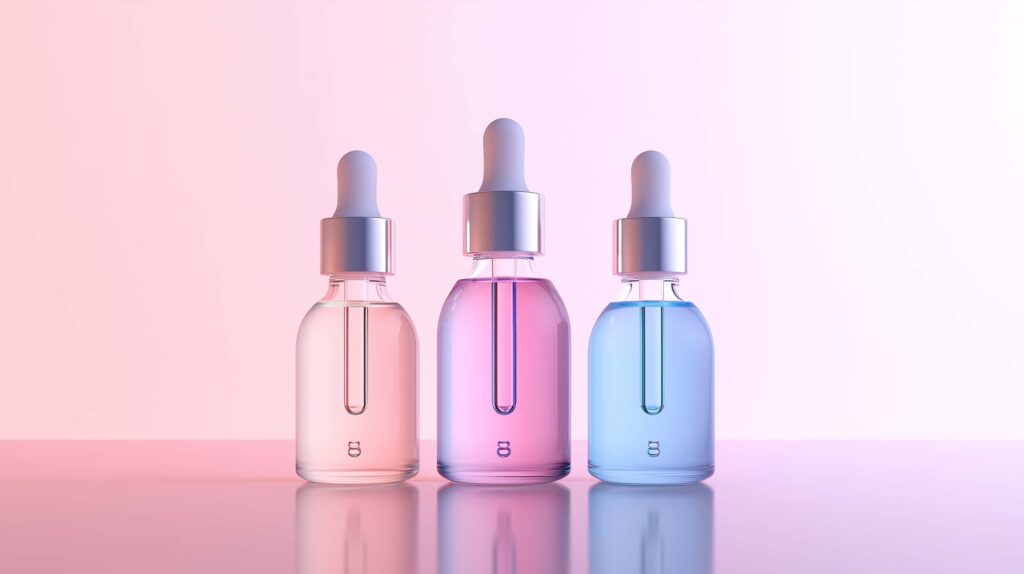
Face Serums: Varieties, Ingredients, and Effects
Face serums are like the special task forces of skincare. Unlike general moisturizers, serums tend to have a lighter consistency and a higher concentration of active ingredients. They aim to address targeted issues, from brightening your complexion to minimizing fine lines or fading acne spots.
Common Serum Ingredients
Depending on your concerns, you’ll find a wide range of serum ingredients:
- Vitamin C: Known for brightening dull skin and improving overall radiance.
- Hyaluronic Acid: Helps your skin retain moisture, giving it a plumper, smoother look.
- Niacinamide: Great for tackling enlarged pores, uneven tone, and strengthening your skin barrier.
- Retinol (or Retinoids): Often used for anti-aging benefits and reducing the appearance of fine lines or wrinkles.
Each of these ingredients has a specific purpose. For instance, if you’re struggling with stubborn dark spots from acne or sun damage, a vitamin C serum might help lighten them over time. If dryness is your main hurdle, hyaluronic acid can lock in moisture, especially in air-conditioned or cooler environments.
Who Should Consider Face Serums
Serums can be a solid choice if you want an extra layer of targeted treatment in your skincare routine. They’re especially beneficial for:
- People with Specific Skin Concerns: Whether it’s hyperpigmentation, signs of aging, or dullness, a serum can deliver potent active ingredients.
- Busy Professionals: If you have limited time, a serum can offer concentrated benefits quickly.
- Anyone Seeking Quick Absorption: Serums are light and penetrate the skin rapidly, making them ideal under makeup or sunscreen.
One thing to remember: not all serums are created equal. Some can be strong and potentially irritating if misused, especially formulas containing retinol or higher concentrations of certain acids. Always read the product label and do a patch test—particularly if you have sensitive skin or a history of allergic reactions.
Moreover, the Indian climate can play a big role in how your serum performs. In humid environments, a heavy serum might feel sticky, whereas in dry climates, you might need extra layers of hydration on top. Experiment and see what your skin responds to best. And as with aloe vera, results take time. Even the most powerful serum won’t transform your skin overnight, but consistent use can yield visible improvements in texture and tone.
Common Misconceptions
With so many skincare products on the market, it’s easy to mix up facts and marketing hype. Let’s clear up a couple of big misconceptions you might come across.
Myth: You Only Need One Product
Some people believe using only aloe vera gel or just a face serum is enough. While it’s true you shouldn’t overload your skin with too many layers, there’s a place for both products in a well-rounded routine. Aloe vera gel provides gentle hydration and soothing, while a serum can target specific concerns. The key is balance and proper layering, rather than limiting yourself to one single item.
Myth: Natural Always Means Better
Aloe vera gel is often considered a “natural” product, leading many to assume it’s automatically safer or more effective than synthetic serums. The reality is that natural products can also cause irritation if they’re not formulated or preserved correctly. Meanwhile, face serums are usually backed by scientific research, and many incorporate plant extracts in combination with advanced active ingredients. Instead of focusing solely on “natural” vs. “synthetic,” look for evidence-based solutions that match your skin’s unique requirements.
Avoiding these misconceptions helps you build a more nuanced skincare routine. Don’t hesitate to combine the soothing touch of aloe vera with the targeted power of a well-chosen serum.
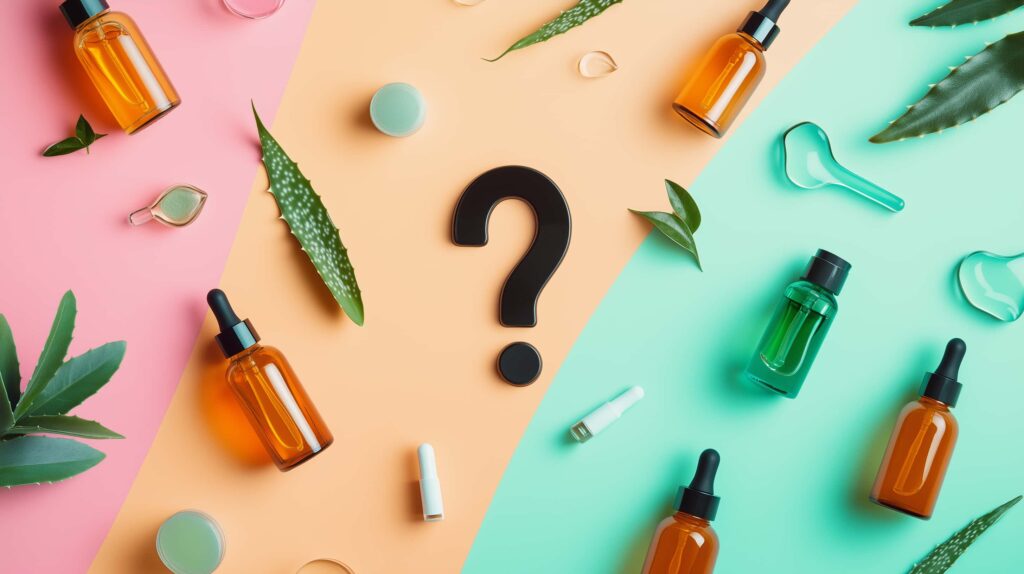
Choosing the Right Product for Your Skin
When you’re trying to decide between aloe vera gel and a face serum (or pondering if you should use both), start by analyzing your own skin’s needs. Here are a few tips to guide you:
Consider Your Skin Type
- Oily/Acne-Prone: Aloe vera gel can help soothe breakouts without clogging pores. If you’re battling acne scars or stubborn blemishes, pair aloe with a serum containing niacinamide or a low-percentage salicylic acid.
- Dry: A hydrating serum loaded with hyaluronic acid or ceramides can work wonders under a lightweight moisturizer. Aloe vera gel could still be part of your routine, especially if you need a gentle layer before applying heavier creams.
- Sensitive: Opt for a fragrance-free or minimally formulated aloe vera gel to calm redness. Introduce serums gradually—look for mild ingredients like vitamin B5 or low-percentage vitamin C to avoid irritation.
Check the Climate
- Hot, Humid Regions: If you live in cities like Mumbai or Chennai, consider aloe vera gel for daytime use. It feels light and non-greasy, especially in sweaty conditions. Serums can still be beneficial, but choose ones that absorb quickly.
- Dry or Cooler Climates: In places like Delhi’s winter or high-altitude areas, your skin may crave more intense hydration. A thick moisturizer over a hydrating serum can lock in moisture. Aloe vera gel may not suffice on its own if you’re dealing with extreme dryness.
Ultimately, the right choice depends on combining personal preference, your specific concerns, and local weather conditions. Don’t be afraid to mix and match—what matters is that each product in your regimen has a clear purpose tailored to your skin’s journey.
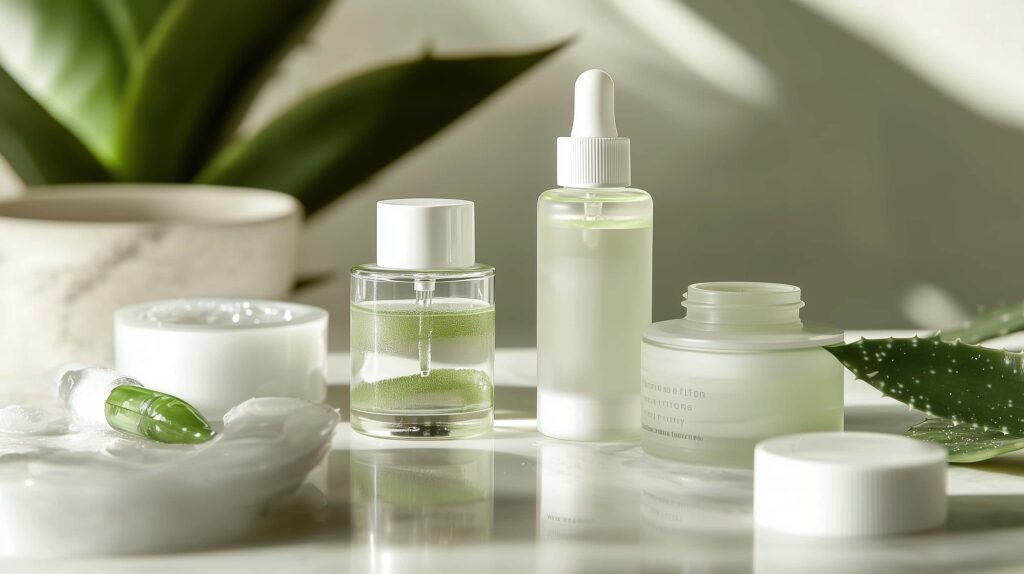
How to Layer or Combine Them in Your Routine
Once you’ve identified which products serve your skin best, the next challenge is figuring out how to use them together. Layering your skincare products correctly can boost their effectiveness while minimizing irritation.
Morning vs. Night Routine
- Cleanse: Start with a gentle face wash to remove overnight oil or morning residue.
- Serum (Optional): If you’re targeting a specific issue—like dullness or fine lines—apply your face serum on slightly damp skin. Go for a light, non-sticky formula, especially if you’re stepping out into hot, humid weather.
- Aloe Vera Gel: Follow with a thin layer of aloe vera gel to lock in the serum and add soothing hydration. Pat it gently rather than rubbing it in harshly.
- Moisturizer/Sunscreen: If you’re heading out, always finish with sunscreen to protect from UV damage. You can choose a lightweight moisturizer or a 2-in-1 moisturizer with SPF to keep it simple.
For your nighttime routine, you can switch up the order slightly if you have a more potent night serum. Cleanse, apply serum, layer aloe vera gel if desired, and then seal everything with a moisturizer or night cream. The extra hydration helps your skin recover while you sleep.
Precautions and Patch Testing
Any time you introduce a new product—be it aloe vera gel or a concentrated serum—perform a small patch test. Apply a tiny amount behind your ear or on your wrist and wait 24 hours to check for any reaction. This is especially crucial for serums containing strong actives like retinol or exfoliating acids.
If you notice excessive redness, itching, or breakouts, pause usage and consult a dermatologist. Skincare is highly individual, and what works wonders for your friend may not produce the same results for you. By testing each product carefully, you ensure your skin stays happy and safeguarded against unexpected irritation.
Ultimately, layering requires a bit of experimentation. Start simple, observe how your skin reacts, and then adjust accordingly. In a hectic Indian lifestyle, convenience is king—so find a routine that feels comfortable and fits seamlessly into your daily schedule.
Wrapping Up
Aloe vera gel and face serums each bring their own strengths to your skincare routine. Aloe excels at soothing and hydrating, making it a gentle ally for many skin types. Face serums tackle specific issues, offering potent, targeted benefits. Whether you choose one, the other, or both, remember to prioritize your unique skin needs and local weather conditions.
Ready to discover how these products transform your skin? Try layering them or start with one—then observe the difference. If you have any questions or experiences to share, leave a comment below. Your journey to healthier, happier skin begins now!



